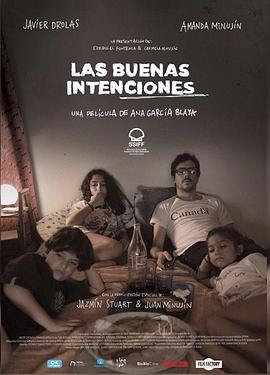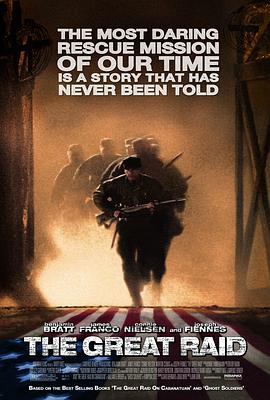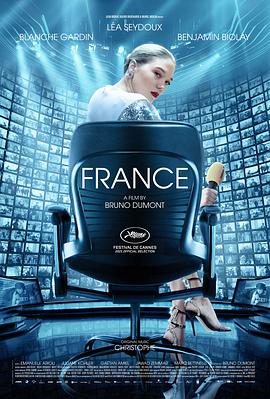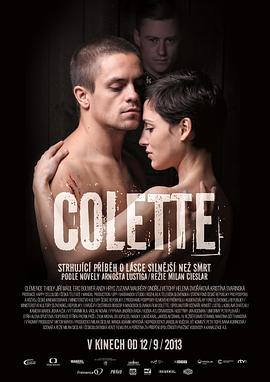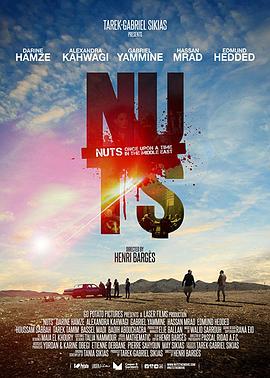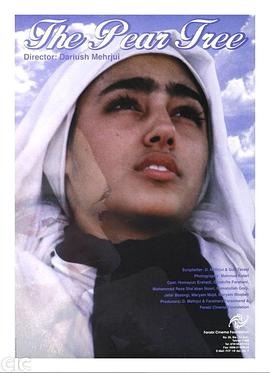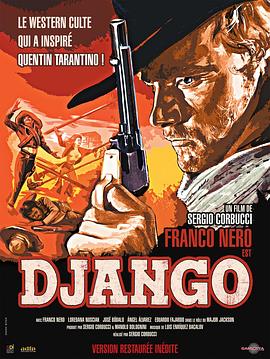Ba
搜索"Ba" ,找到 部影视作品
导演:
主演:
剧情:
90年代初在布宜诺斯艾利斯,10岁的阿曼达与弟弟妹妹由离婚分居的父母轮流照顾。孩子们与父亲在一起时自由欢脱,但阿曼达必须像成年人一样照顾所有人;有一天,母亲提议带他们出国定居,远离父亲的混乱生活。
导演:
主演:
剧情:
太平洋战争初期,美军将兵力投入欧洲战场,无力挽回菲律宾战事,导致一万名美军、六万名菲军在巴丹半岛被俘。日军一直残酷对待这些战俘,军部更于1944年一月决定屠杀俘虏,这部电影,讲述的就是发生在44年
导演:
主演:
剧情:
法国第一女主播法兰西强悍娇艳,记者会上向总统犀利提问,转眼又眉来眼去频送秋波;坐镇主持政论节目,以完美妆容力战来宾;亲身前往远方战地“演绎”实况,还不忘忙碌奔波照顾家庭。她原是法国人心头上的一颗硃
导演:
主演:
剧情:
本片根据卢斯蒂格的小说《一个来自安特卫普的女孩》改编。 1973年,居住在纽约的捷克犹太作家威利·弗雷德知道儿子女朋友的母亲也曾被关押在奥斯维辛集中营,父子俩登门拜会,威利见到了苦寻三十年的集中
导演:
主演:
剧情:
Jenny和Lana是一对固执的好朋友,她们的青年斗志被国家的老观念所束缚着。失望让两个年轻女孩踏上了一条振奋人心之路,并让她们遇到了黎巴嫩暴徒Qassem和他粗鲁的手下们。起初,她们找到了自由、
导演:
剧情:
When the President learns that domestic terrorists have skyjacked the passenger jet her brother is
导演:
主演:
剧情:
夏天快要来临的时候,巴黎女子戴尔芬(玛丽·瑞莱 Marie Rivière 饰)却陷入了忧伤与烦闷中。刚刚和前男友结束恋爱关系,本来约好与她一同度假的女友也放了她鸽子。尽管其它许多好心的亲友邀请她
导演:
剧情:
一部很浪漫的电影。已经成为著名作家、哲学家和诗人的马哈茂德为了静心写作离开城市,回到了少年时居住的家族庄园。一棵不结果的梨树使他的开始回忆起自己12岁时发生的一段刻骨之恋…… ◎获奖情况:199
导演:
主演:
剧情:
荒凉的旷野,一群暴虐的劫匪正在鞭挞一位美丽的姑娘玛丽亚(萝蕾丹娜·卡波莱特 Loredana Cappelletti饰)。幸得迪亚戈(弗兰科·尼罗 Franco Nero饰)的解救。他神秘而冷峻,
导演:
主演:
剧情:
安吉尔在救护车服务部门工作在一场悲剧性的事故后,他的个人生活开始恶化,他变得越来越怀疑他的伴侣文。

